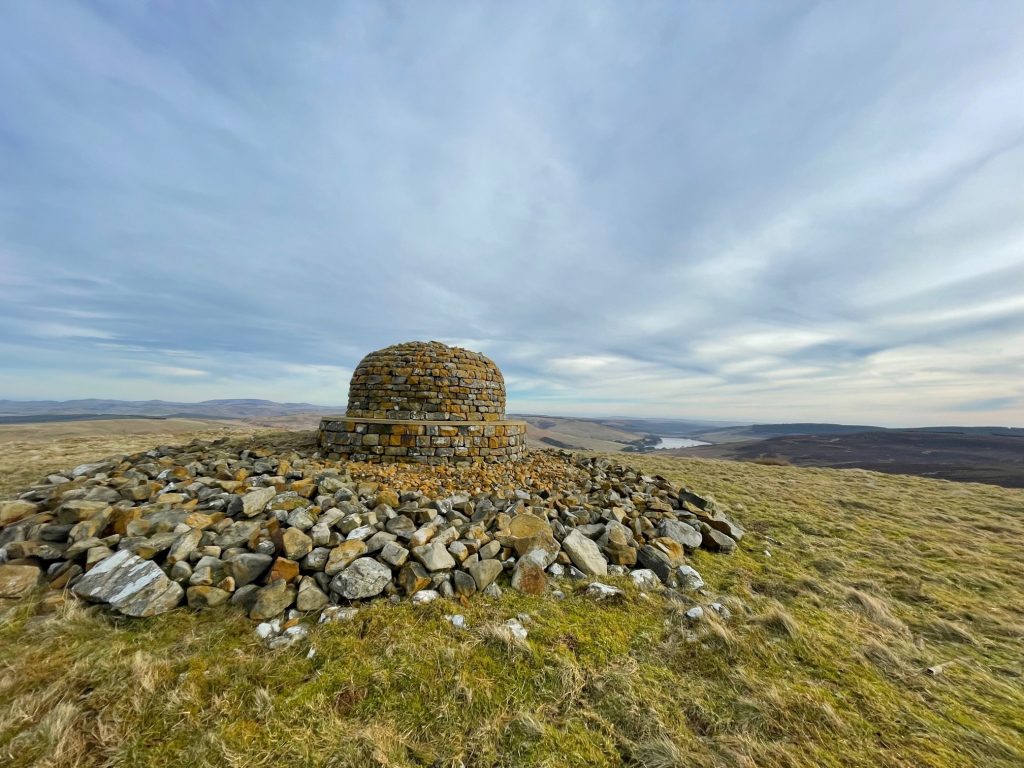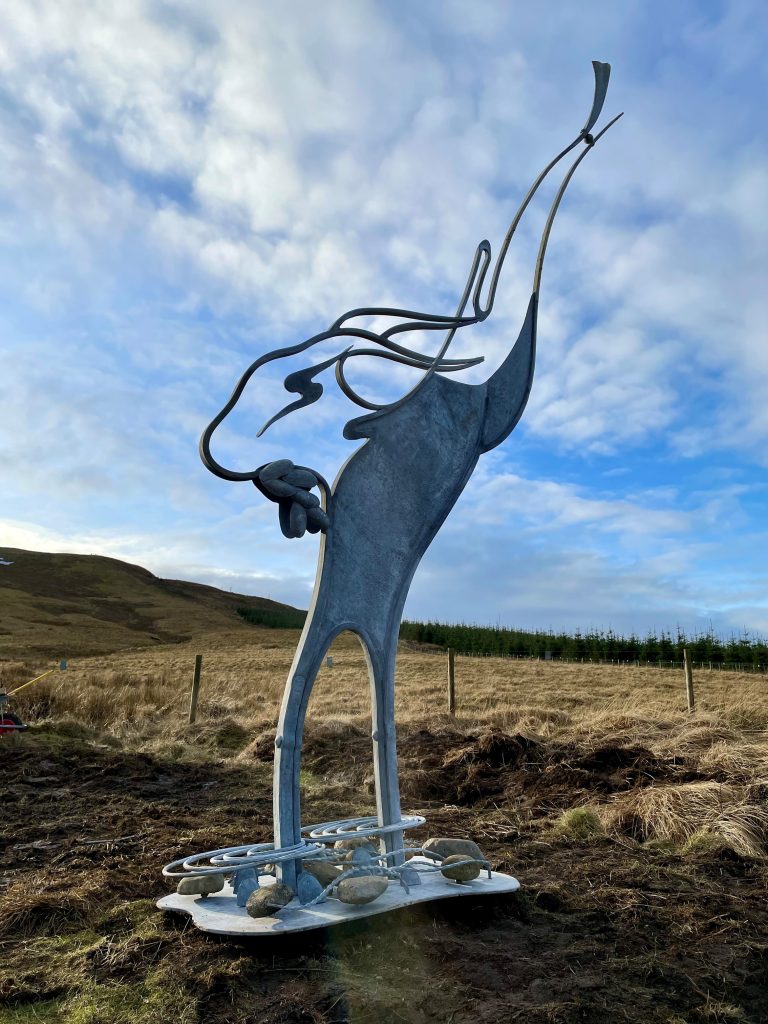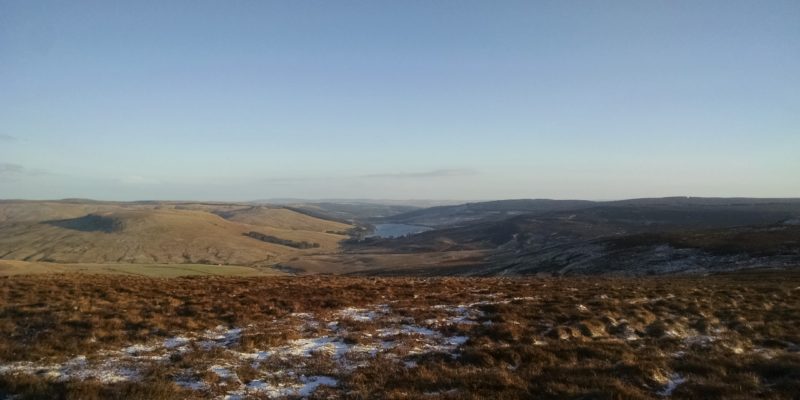
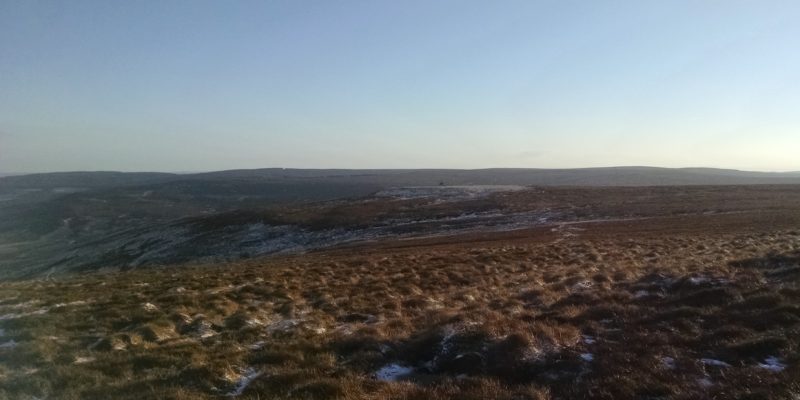
 Stonemason Jonny Lloyd celebrating completion of the new Carter Pike cairn
Stonemason Jonny Lloyd celebrating completion of the new Carter Pike cairn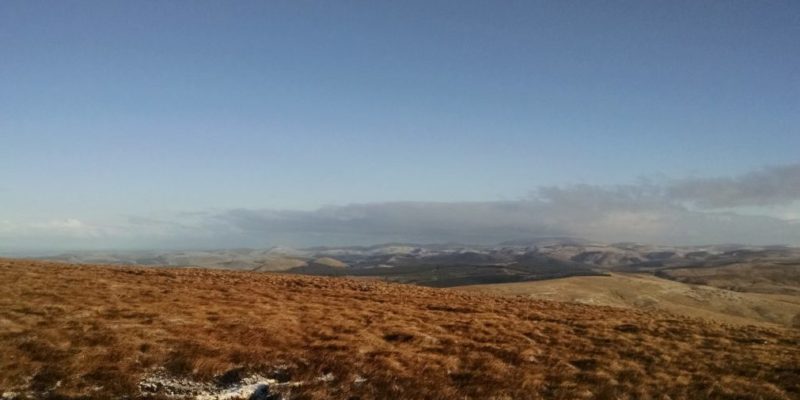
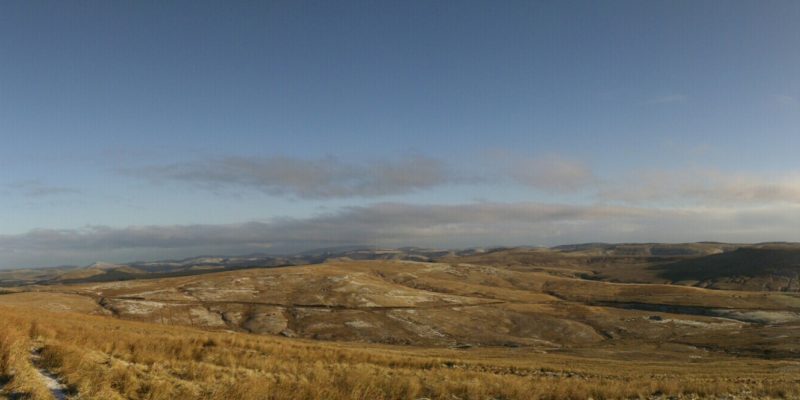
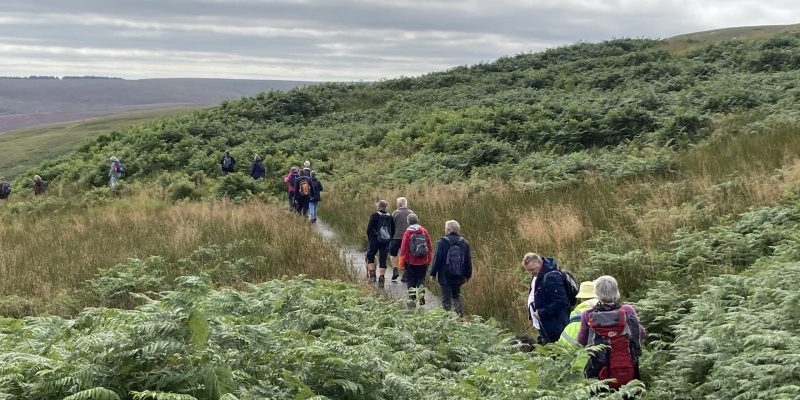 Walking up to Carter Pike from Carter Bar
Walking up to Carter Pike from Carter Bar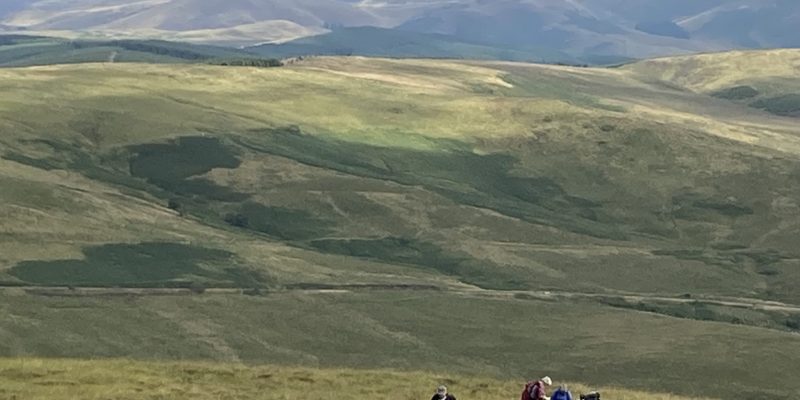 Whitelee Moor looking south to Catcleugh - S Manson
Whitelee Moor looking south to Catcleugh - S Manson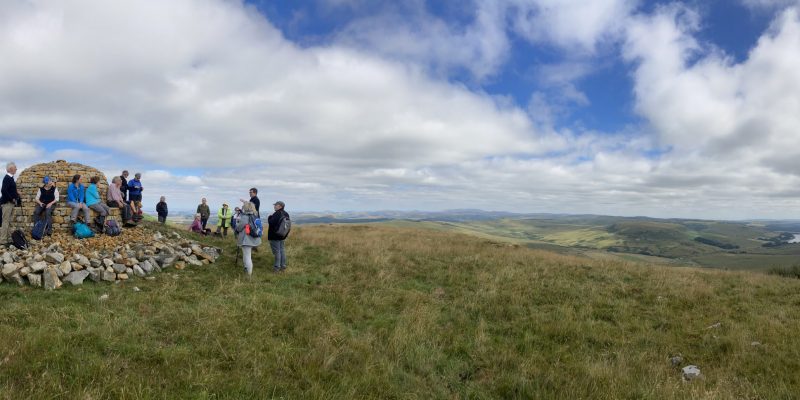 Carter Pike cairn south to Catcleugh Reservoir
Carter Pike cairn south to Catcleugh Reservoir Carter Pike cairn
Carter Pike cairn
Other pages you may like :
Whitelee Moor National Nature Reserve is one of Britain’s most important upland nature reserves, of European conservation importance due to its active blanket bog and heather heaths. It is owned and managed by Northumberland Wildlife Trust and can be visited by the public. The blanket bog is home to a variety of plants including sphagnum moss, cloudberry, bog asphodel and cotton grass. The River Rede rises on Whitelee just to the west of Carter Bar.
On the lower slopes the heather moorland is home to birds such as red grouse and birds of prey including merlin, buzzard, peregrine falcon, hen harrier and occasional visiting osprey from Kielder. One of the moor’s most striking insects is the day-flying northern eggar moth and butterflies such as ringlet, small heath and green-veined white are seen in summer. Skylark, stonechat and meadow pipit are common across the reserve, while on the high ground, dunlin and golden plover arrive in spring to breed.
The River Rede and its tributaries add to the habitat diversity and otters can often be seen hunting along its banks. Adder and common lizard are common here as well as palmate newts in the small pools along the burn. A herd of feral goats can sometimes be seen on the border with Kielderhead and are celebrated by a new sculpture on Whitelee Moor at Carter Bar. There are interesting wet flush areas with plants such as early marsh orchid. High up the Bateinghope Burn, near Buzzard Crag, are two sets of limekilns, which burned limestone from a nearby quarry and mine.
The Project
The project involved habitat creation and restoration work, as well as improving access to areas of the reserve, providing safe and easy access to parts of the site and carefully encouraging exploration further afield. It included:
